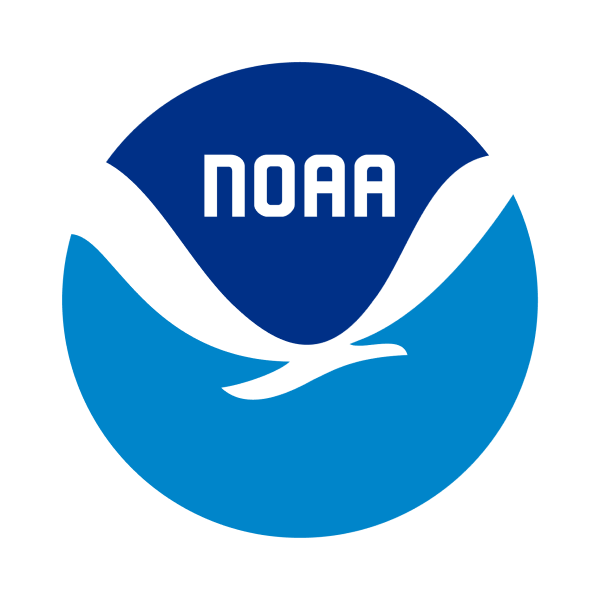While there are trash monitoring protocols for waterways and shorelines, less attention is paid to plans for addressing trash along urban streets. Marine debris education, activities and messaging are predominantly geared toward coastal areas, leaving out urban areas.
 An official website of the United States government.
An official website of the United States government.
Official websites use .gov
A .gov website belongs to an official government organization in the United States.
Secure websites use HTTPS
A small lock or https:// means you’ve safely connected to a .gov website. Share sensitive information only on official, secure websites.










